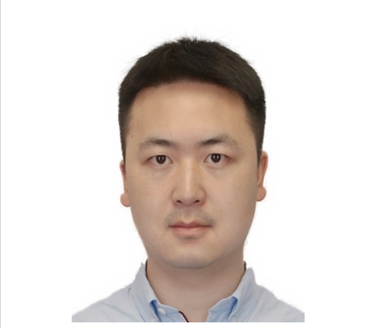学术报告第387期:Development Progress and Characteristic Scientific Examples/Preparations of CSST-MCI(CSST-MCI的研制进展和特色科学示例及准备)
星期三,2023/11/1-16:00-17:00
主讲人 (Speaker): 郑振亚
主讲人单位 (Speaker's Institute): 中国科学院上海天文台
邀请人 (Invited by): 马波
时间 (Time): 星期三,2023/11/1-16:00-17:00
地点 (Location): 珠海校区瀚林3号楼B431会议室
摘要 (Abstract):
Since its launch in 1990, the Hubble Space Telescope (HST) has revolutionized our understanding of the universe during its 33 years in orbit. However, HST is likely to stop operating in the next few years, and its role in the ultraviolet and optical astronomy is expected to be replaced by the China Space Station Telescope (CSST). In this talk, I will briefly introduce HST and CSST, and then focus on the Multi-Channel Imager (MCI) payload of CSST. As one of the first five payloads of CSST, MCI is jointly developed by Shanghai Astronomical Observatory and Shanghai Institute of Technical Physics. It is similar to the design of the WFC3 of the Hubble Space Telescope but has its unique advantages. I will introduce the design, research status, and main scientific objectives of MCI, focusing on its scientific examples and preparations in the fields of exoplanets, stars, galaxies, etc.
主讲人简介 (Speaker's CV):
Dr.ZHENG ZhenYa is a research professor at Shanghai Astronomical Observatory, Chinese Academy of Sciences (SHAO, CAS). He obtained his bachelor's degree in astronomy and Ph.D. in astrophysics from the University of Science and Technology of China in 2006 and 2012, respectively. He then conducted the postdoctoral research on SESE Exploration at Arizona State University in the United States and later the China-Chile postdoctoral research in astronomy at Pontificia University Catholica of Chile. In November 2016, he joined SHAO as a research professor and was supported by the Hundred Talents Program of the CAS. At SHAO, he currently serves as the deputy director (in charge) of the Division of Science and Technology for Optical Astronomy, and the leader of the Early Universe and High-redshift Galaxies research group in the Astrophysics Division. He is also responsible for the CSST Multi-Channel Imager payload. His main research interests include distant galaxies, cosmic reionization, quasars, active galactic nuclei, and optical instruments.




